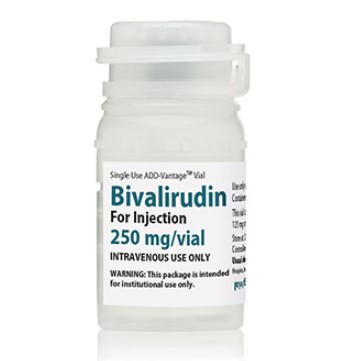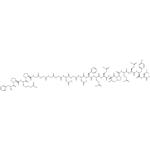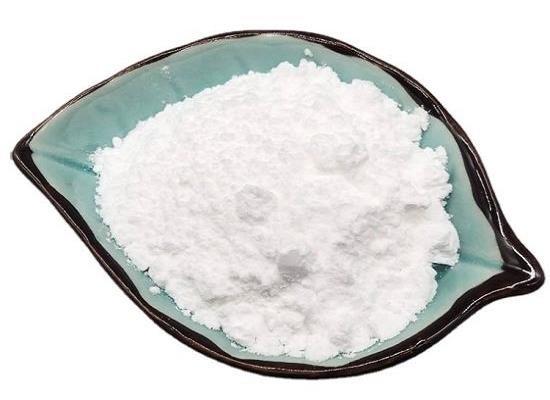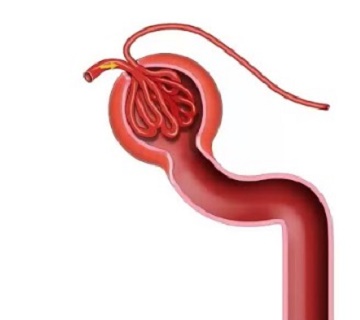Bivalirudin:uses, mechanism of Action, and side effects
Description
Bivalirudin is an anticoagulant that helps prevent the formation of blood clots. This compound is a direct thrombin inhibitor (DTI) frequently used for anticoagulation in the setting of invasive cardiology, particularly percutaneous coronary intervention (PCI). It has a unique pharmacologic profile: unlike other marketed DTIs, it undergoes predominant non-organ elimination (proteolysis) and has the shortest half-life.

Heparin
For many years, unfractionated heparin (heparin) has been the primary anticoagulant used with ECMO. Heparin has several advantages: it is easy to use, relatively inexpensive, and in case of significant bleeding or overdose, it can be neutralized by administering protamine[1]. Due to its binding with many plasma proteins, the anticoagulant effect of heparin thus needs to be constantly monitored by activated partial thromboplastin time (aPTT) and/or anti-factor Xa assay (anti-Xa). On the other hand, heparin alone has no anticoagulant effect.
More recently, however, bivalirudin has emerged as an alternative. Bivalirudin binds directly to thrombin, which is both circulating and clot-bound. Therefore, it does not require binding to other proteins to exhibit its anticoagulant effect. Approximately 20% of bivalirudin is cleared from the kidneys and the remainder is proteolyzed. While there are no reversal agents for bivalirudin, it has a much shorter half-life of 25 min in adults and 15 min in newborns, compared to heparin's half-life of 90 min. Bivalirudin is primarily used for its first FDA-approved indication, namely anticoagulation during percutaneous transluminal coronary angioplasty ("balloon angioplasty"), the most frequent type of PCI. Bivalirudin is also indicated for PCI with provisional use of glycoprotein IIb/IIIa antagonist therapy, and for patients with, or at risk of, heparin-induced thrombocytopenia (HIT), or HIT with thrombosis syndrome (HITTS), undergoing PCI.
Mechanism of Action
Bivalirudin is an inhibitor of thrombin, an essential factor within the coagulation cascade crucial to thrombus formation. Thrombin serves to cleave fibrinogen into fibrin. Subsequently, fibrin monomers then covert factor XIII to factor XIIIa, allowing for the stabilization of the thrombus[2]. Additionally, fibrin activates factor V and factor VIII, further promoting thrombin and platelet activation.
Side effects
The most common adverse effects include hypotension, backache, and nausea. Rare but severe side effects include hemorrhage, coronary artery stent thrombosis, ventricular fibrillation, and renal failure. The risk of hemorrhage increases with bivalirudin plus streptokinase and aspirin. Fetal risk in pregnancy cannot be ruled out.
References
[1] Navaei A, et al. Is it time to switch to bivalirudin for ECMO anticoagulation. Frontiers in Medicine, 2023.
[2] Warkentin T, et al. Bivalirudin. Thrombosis and Haemostasis, 2008; 9: 830-839
You may like
Related articles And Qustion
See also
Lastest Price from Bivalirudin manufacturers

US $1000.00-1000.00/g2025-09-16
- CAS:
- 128270-60-0
- Min. Order:
- 1g
- Purity:
- 99%(HPLC); USP43
- Supply Ability:
- 10000000

US $0.00-0.00/kg2025-09-04
- CAS:
- 128270-60-0
- Min. Order:
- 1kg
- Purity:
- 99%
- Supply Ability:
- 1



